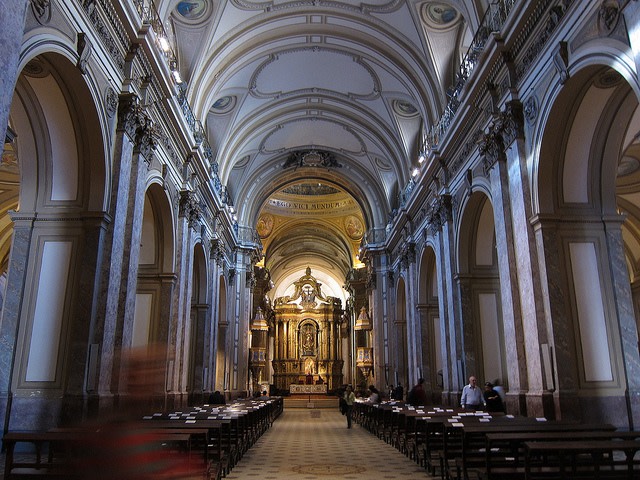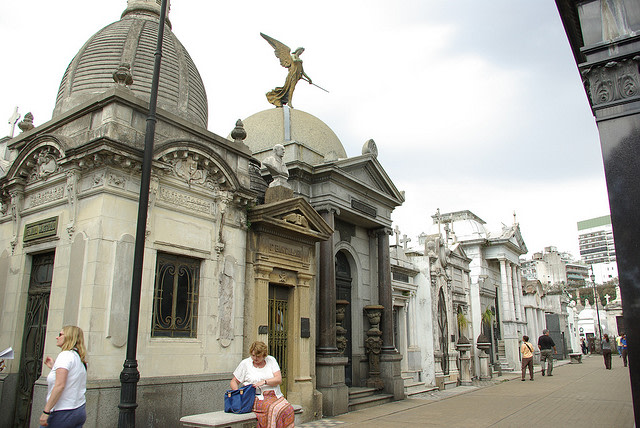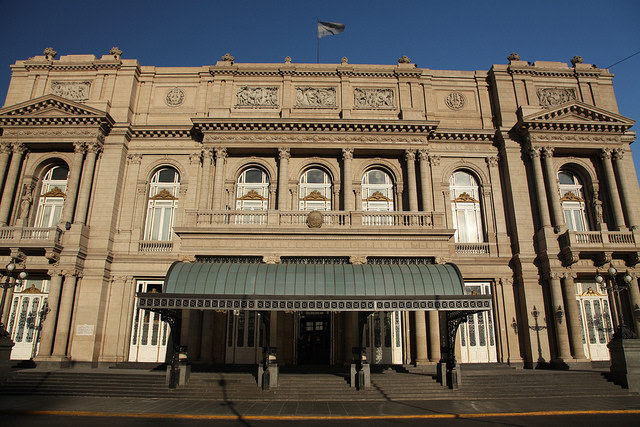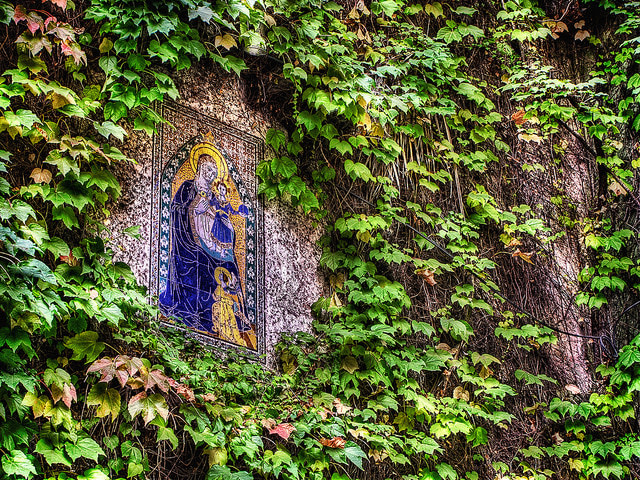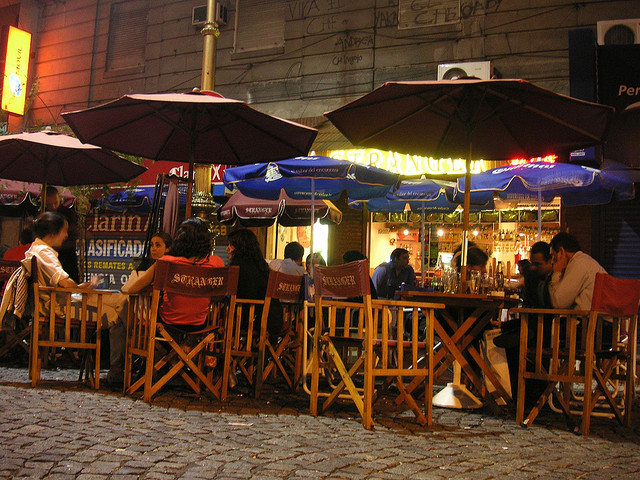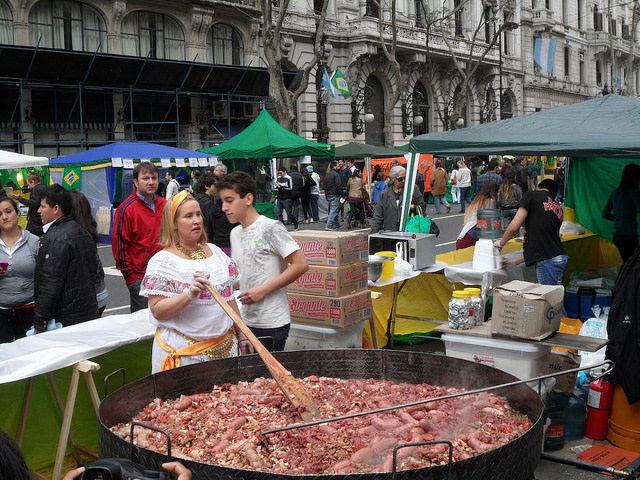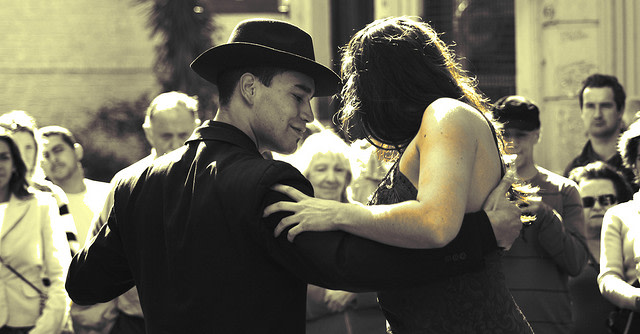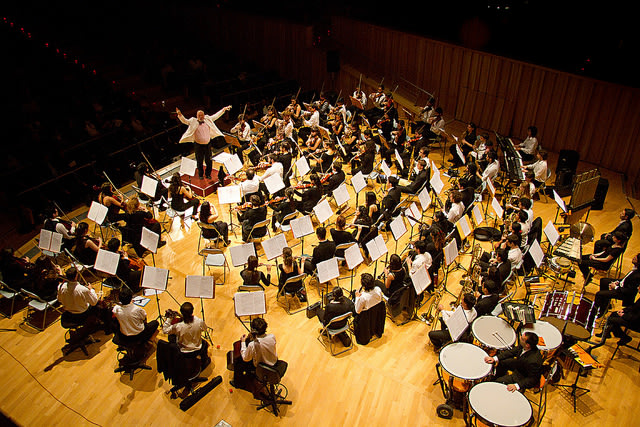| 5 mins read
The first historical references to the city we now recognise as Buenos Aires goes all the back in 1536, when it was known as City of Our Lady Saint Mary of the Fair Winds (in Spanish). The indigenous people chased the settlers away from their newly founded habitat however, and it wasn’t until 1580 that the city became a permanent fixture. Much like today, it became an intrinsic part of contemporary Spanish life, a major trade centre that was eventually granted open trade rights in the eighteenth century.
Known for it’s liberal ideals, in contrast to the surrounding areas’ more nationalistic ideals, Buenos Aires found itself caught up in a number of territorial disputes and battles in the centuries following it’s establishment. A major part of the British invasions of Rio de la Plata, it also suffered from internal troubles in the 19th century, when the political status of the area left much to be desired. It was during the 19th and 20th century that city really came to be the Buenos Aires that we recognise today, home to the country’s first underground system and the Colon theatre, which swiftly became one of the most important cultural landmarks in Argentina.
The Colon theatre, now more than a hundred years old, still maintains it’s position as an icon on the Argentinean cultural landscape, home to the national ballet and orchestra and a regular stop for the biggest names in opera. But it’s not the only place in Buenos Aires that puts on a great show. Over two thousand films have been produced in the city, and it doesn’t just hold allure for those making the films - the Buenos Aires festival of International Cinema brings together some of the most important and exciting talents working outside the mainstream every year. The Presidente Alvear theatre stages shows on an almost daily basis, and the building also contains a few of the choicest art galleries in the city.
If you’re more into art that doesn’t move, Buenos Aires has one of the liveliest art scenes on the continent. Exhibition openings and art fairs are a big deal over here, with a plethora of galleries that feature everything from the Old Masters to modern classics. The Isaac Fernandez Blanco Municipal museum of Hispanic-American art is not to be missed, with reconstructions of colonial items peppered amongst the extensive collection. Even taking the subway is an intellectually enlightening experience, with a collection of 20th century murals covering many of the stations. History is also covered if that’s your thing, with museums displaying everything from the history of the country to the history of cars. Some of the most striking architecture in the city comes in the art galleries and museums, with distinctive, 20th century influences obvious.
Legendary throughout the world, and recorded in many a poem, novel, or song, are the cafes on Buenos Aires. And it’s not just the food that causes a stir- these are cafes for more than just sitting down for a Panini and a coffee before you go back to work. Often terraced, they attract a huge range of visitors - from the artistic and political students coming out to debate new ideas, to well-dressed businessmen securing a contract. They are a place to observe the eclectic best that the city has to offer, buzzing hubs that don’t quite fit into the box of “bistro”, and as any Buenos Aires tour guide will tell you, well ingrained into the city culture. Depending on where you go, the food can be a spectacle unto itself - La Nueva serves some of the best, most addictive pastries in the city.
If you are looking for a more grown-up meal out, the city has you covered there too. The Argentinean flavours mix up scores of European influences, like French and Spanish, and add to them a very specific and original South American flavour that really brings them to life. While international cuisines are available a plenty, it is the “Parrillas” found at almost every nook and corner of the city that are the real draw; here juicy steaks and a spread of cuts make Buenos Aires every carnivore’s dream come true!
Let’s bring up another of the most enduring icons of Argentinean culture – the tango. It wasn’t long ago that the sensual dance became a recognised part of the world’s culture, and establishments were offered substantial sums of money to keep this art form alive for future generations. There are a number of tourist-orientated tango activities to take part in - group lessons, one-to-one teaches, and dinner-show performances, all of which lets visitors scratch the surface of the fascinating dance. Some Buenos Aires tour guides can help seek out more secluded, intimate performances that truly do justice to the decades of history and passion behind the dance. While others provide tips on how to get involved with Milongas (social tango sessions), scores of which take place across the city every week. Make sure you’ve had some practice first; you can wind up being a serious hazard if you don’t know where to put your feet on a crowded dance floor.
And while we’re on the subject of rhythm in Buenos Aires, the music is simply not to be missed. What kind do they specialise in? Pick your favourite. If you like classical and orchestral music, the Buenos Aires Philharmonic orchestra is considered one of the best in the world; it would have to be, given that it’s been around for sixty years. Festivals throughout the year spotlight great local and international rock artists, with Quilme Rock defending the title as one of the most popular festivals in the country; providing homes to upstart artists like The Wailers and The Offspring, it’s easy to see why. And of course, you’ll find a steady stream of jazz artists playing in small venues throughout the cities, with the occasional, successful jazz festival popping up in the area too.
Buenos Aires has a tumultuous and fascinating history that has led to one of the most textured cultures in the whole of South America. Straddling two highly influential cultures-American and European - Buenos Aires has successfully established itself as a cultural hub in it’s own right. Mixing traditional dance, food, and music with rock and roll, fusion cuisine and lavishly decorated subways, you won’t find a more fascinating visit anywhere in Argentina.
Image Details and Licenses: https://flic.kr/p/8B4jRz (jennifer yin, CC BY-NC 2.0), https://flic.kr/p/5xM7Xz (Kimberly Payne, CC BY-NC-ND 2.0), https://flic.kr/p/9ghqPq (Liam Quinn, CC BY-SA 2.0), https://flic.kr/p/6mR7od (Marcelo César Augusto Romeo, CC BY 2.0), https://flic.kr/p/uYWXw (Beatrice Murch, CC BY 2.0), https://flic.kr/p/jsQakn (Wir Weltenbummler , CC BY-SA 2.0), https://flic.kr/p/4SYA7Z (Gustavo Brazzalle, CC BY 2.0), https://flic.kr/p/dataf9 (Gobierno de la Ciudad de, CC BY 2.0)


